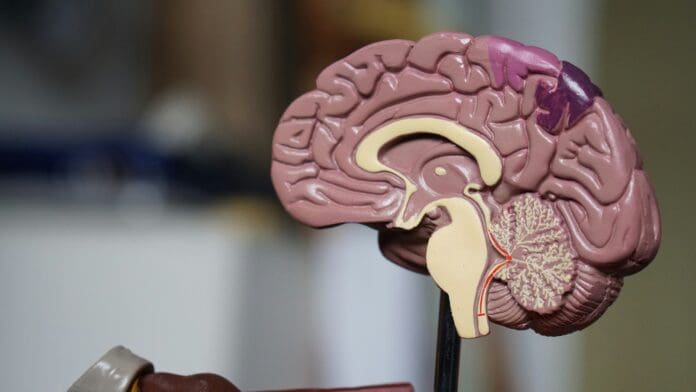This post is also available in:
 עברית (Hebrew)
עברית (Hebrew)
Chinese startup NeuroXess has made significant advancements in brain-computer interface (BCI) technology, offering new possibilities for patients with brain injuries. In a groundbreaking experiment conducted in August 2024 at Huashan Hospital, the company demonstrated the ability to decode brain signals into real-time speech and control a robotic arm through thought alone.
The experiment involved implanting a 256-channel, flexible BCI device into the brain of a 21-year-old female patient with epilepsy and a space-occupying lesion in the motor area. The device uses electrocorticogram (ECoG) signals from the high-gamma frequency band (70-150 Hz) to capture complex neural activity associated with movement and sensory processing. This enables the precise mapping of brain functions, even within minutes of the surgery.
Among the most impressive achievements is real-time speech decoding. Using the high-gamma brain signals, NeuroXess’s system achieved a decoding accuracy of 71% for 142 common Chinese syllables within five days, with a latency of under 100 milliseconds per character. This marks the highest real-time decoding accuracy of Chinese speech achieved to date. Due to the tonal, monosyllabic nature of Chinese, decoding speech from brain signals is more complex than in alphabetic languages, making this achievement particularly notable.
Beyond speech, the BCI system enabled the patient to control various devices. Within two weeks, she could play computer games such as table tennis and snake, operate smartphone apps like WeChat and Taobao, and control smart home devices and her wheelchair. NeuroXess’s system also allowed her to control a robotic arm, demonstrating the potential for motor rehabilitation and interactive tasks.
The company has also introduced a digital avatar that the patient could control, as well as an AI model interaction, which they claim is the world’s first “mind-to-AI large model” conversation.
NeuroXess now aims to expand this technology to help individuals with severe speech and motor impairments, enhancing their ability to communicate and regain mobility. With these advancements, the company has the potential to revolutionize the lives of those affected by neurological conditions.


























